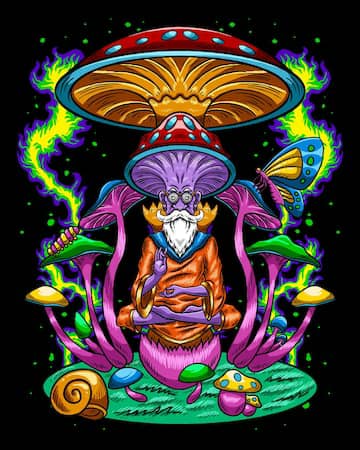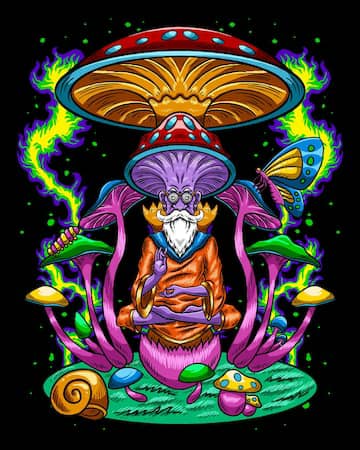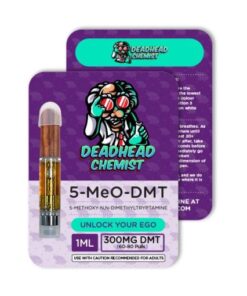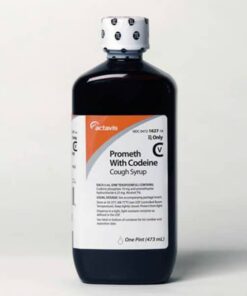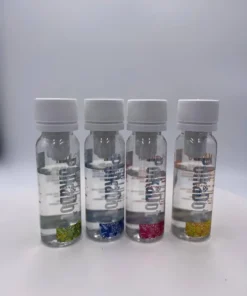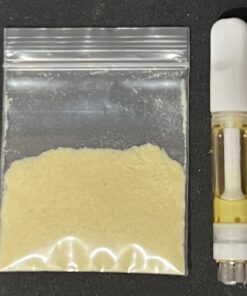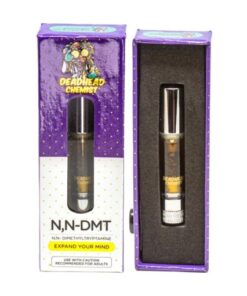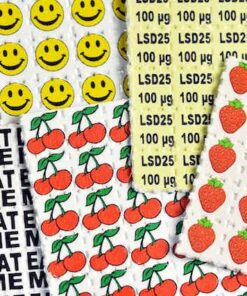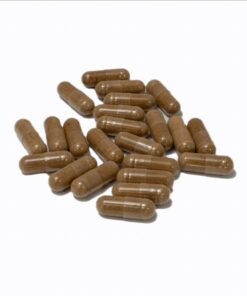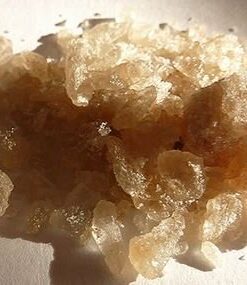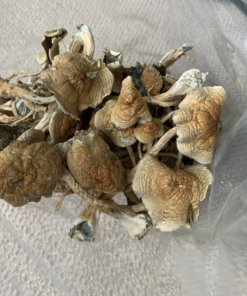What is the most important information I should know about psychedelic drugs?
Buy Psychedelics Online
- Psychedelic drugs can cause hallucinations and other risky effects.
- Some psychedelics are being investigated for their therapeutic potential, but this research is in the early stages and these substances are not legally available outside of limited, experimental settings.
- In June 2023, the FDA released draft guidance to help researchers design safe studies that will yield interpretable results to support future study and applications for psychedelics.
A class of medications known as “psychedelics” alter or improve mental processes, energy levels, and sensory perception. These compounds are also referred to as hallucinogens, or just drugs that cause hallucinations. They can be found in a variety of forms, from plants like peyote to pharmaceuticals like LSD.
The history, various forms, and use of psychedelic drugs are covered in this article. It also discusses the potential hazards and therapeutic benefits of them.
Many societies have been using hallucinogens for millennia, and some of them are still employed in religious rites to achieve heightened states of awareness or spiritual experiences.
In the 1960s, hallucinogens were utilized in psychotherapy; however, this practice was discontinued until recently, primarily due to political concerns.1.Since then, psychedelics have been used again in experimental psychological treatment due to psychological study.
In psychology and psychiatry, psychedelics are gradually making a comeback as a useful treatment for PTSD, anxiety, depression, and other conditions.2.Regulated treatments, however, are still in the experimental stage and are not widely available.
See a doctor about other treatment choices, such as counseling, prescribed medication, and meditation, if you’re trying to manage the symptoms of a mental health disorder.
What Is Psychedelic Therapy?
Types of Psychedelic Drugs
Some of the most often used psychedelic drugs are listed here.
LSD (acid)
The chemically produced hallucinogen lysergic acid diethylamide (LSD) was created from ergot, a type of mold that grows on rye grain. Known by its common name, acid, LSD was a popular drug in the 1960s until it was outlawed.Even though LSD is a restricted substance, its use has persisted.
DMT, or dimethyltryptamine
A naturally occurring plant-based psychedelic called dimethyltryptamine (DMT) is found in the bark and nuts of some Central and South American trees.Compared to other psychedelics, DMT usually has effects that last only an hour or so.
Methylamine
A naturally occurring psychedelic compound, mescaline is present in some cactus species; the most well-known of these is the peyote cactus. Mescaline has effects akin to those of LSD.
The use of peyote in Native American Church religious ceremonies is exempt from the classification of the drug as a controlled substance, despite the fact that it is a Schedule I drug and hence illegal.
All those who produce or supply peyote to the Native American Church, however, must register each year and adhere to all other legal requirements.
Central and South American morning glory flowers produce seeds that contain ololiuqui, a naturally occurring psychedelic. Ololiuqui is not a controlled substance in the United States, unlike mescaline, but it has a long history of use in spiritual rituals among indigenous groups where the plant grows.
Psilocybin
Psilocybin, sometimes known as magic mushrooms, is a hallucinogenic compound that can be found in some fungi.Since they grow wild in many parts of the world, hallucinogenic mushrooms come in a wide variety and have a somewhat ambiguous legal status.
Given that some varieties of mushrooms are extremely toxic and even deadly, eating mushrooms carries a higher risk than usual.
Ecstasy
Since the mood-enhancing and stimulant effects of ecstasy, or MDMA, are more noticeable than those of some other psychedelics, and the hallucinogenic effects are less pronounced, ecstasy is more challenging to classify as a psychedelic. Ecstasy, however, can cause delusions and hallucinations.
Additionally, ecstasy has been linked to a higher risk of health issues from dehydration, overheating, and water intoxication.
Effects of Psychedelic Drugs
Depending on the individual, psychedelic drugs have different effects. The way psychedelics affect individuals depends on a number of factors, including dosage, environment, and personality.
Psychedelic drug effects could include:
changed understanding of time
Having trouble expressing oneself clearly to others
Hearing noises, feeling sensations, or seeing unreal images are examples of hallucinations. Heightened awareness or understanding
A rise in energy
Incapacity to reason logically
combined senses (hearing, for example)
emesis
Spiritual encounters
vivid sense impressions
One of the short-term effects of DMT, peyote, and LSD is an elevated heart rate. The use of LSD and peyote may also raise body temperature. LSD can also result in sweating, numbness, weakness, tremors, drowsiness, elevated blood pressure, appetite loss, dry mouth, and impulsive behavior.
Although psilocybin can induce feelings of calm or reflection, it can also result in anxiety, paranoia, and even panic attacks.
Peyote can cause flushing, excessive sweating, and clumsiness in movement. Body and/or spatial distortions are possible side effects of DMT.
While ololiuqui’s effects resemble those of LSD, it can also lead to drowsiness, headaches, nausea, vomiting, and elevated blood pressure.
emesis
Spiritual encounters
vivid sense impressions
Tolerance and Addiction
It doesn’t seem like psychedelics are addictive.5.The definition of addiction is the continued use of a substance in spite of harmful effects.Six
On the other hand, tolerance to certain hallucinogenic drugs may develop, and some users report experiencing withdrawal symptoms when they stop using them.7.
Tolerance to LSD can result from repeated use, requiring higher doses to produce the same effects. Because of the drug’s potentially unpredictable effects, this could be dangerous.Peyote can cause flushing, excessive sweating, and clumsiness in movement. Body and/or spatial distortions are possible side effects of DMT.
While ololiuqui’s effects resemble those of LSD, it can also lead to drowsiness, headaches, nausea, vomiting, and elevated blood pressure.
emesis
Spiritual encounters
vivid sense impressions
It is also possible to develop cross-tolerance to other drugs. When someone becomes resistant to LSD, their sensitivity to other drugs, such as psilocybin and mescaline, will also diminish.
Psychedelics
Psychedelics
Psychedelics
Psychedelics
Psychedelics
Psychedelics
Psychedelics
Psychedelics
Psychedelics
Psychedelics
